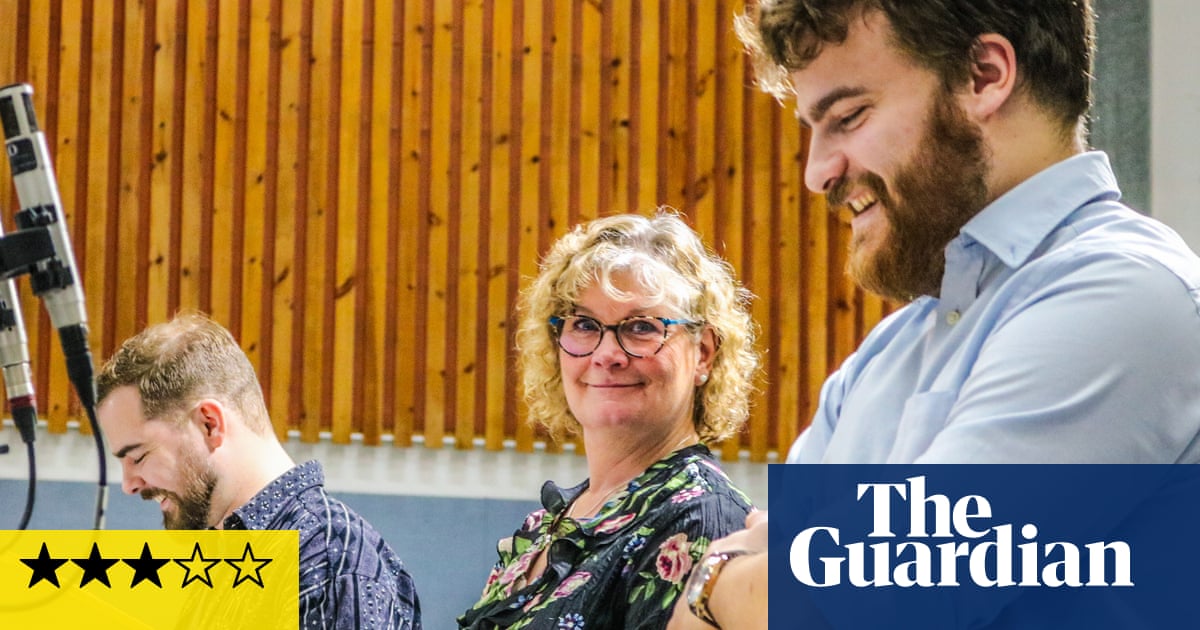Except perhaps in Birmingham, where his memory is still cherished for what he did for the city’s music, including co-founding the CBSO,Granville Bantock(1868-1946) has slipped quietly into the margins of 20th-century British music. But as well as being an academic and conductor, Bantock was a prolific composer, with a work list including four symphonies, five concertos and nine operas, of which the last, the “Celtic folk opera” The Seal Woman, is easily the best remembered now.
The premiere of The Seal Woman in 1924 was the Birmingham Repertory theatre’s first production; librettist Marjory Kennedy-Fraser took the main role of the Cailleach, whose dreams and visions tell the story of the Selkie, seal-people who emerge from the sea every seven years to live on land, shedding their skins to take human form.
Kennedy-Fraser’s text is a patchwork of 24 folk songs that she collected in the Western Isles, and originally she intended it as a spoken drama. Even in the operatic version, the songs remain central; Bantock’s music, for an instrumental ensemble of 16 players, tactfully wraps itself around the original melodies, never dominating, and preserving as much of the integrity of Kennedy-Fraser’s accompaniments as possible.
Dramatically, though, it remains inert. Although the original melodies and some of the texts as Kennedy-Fraser presents them have their own intrinsic beauty, The Seal Woman comes across as rather faded, dated and uninvolving. That’s despite the best efforts of conductor John Andrews and a carefully assembled cast of singers, led by Yvonne Howard as the storytelling Cailleach and mezzo Catherine Carby as the Seal Woman herself. But it’s the curiosity value of the score that recommends it above all.
